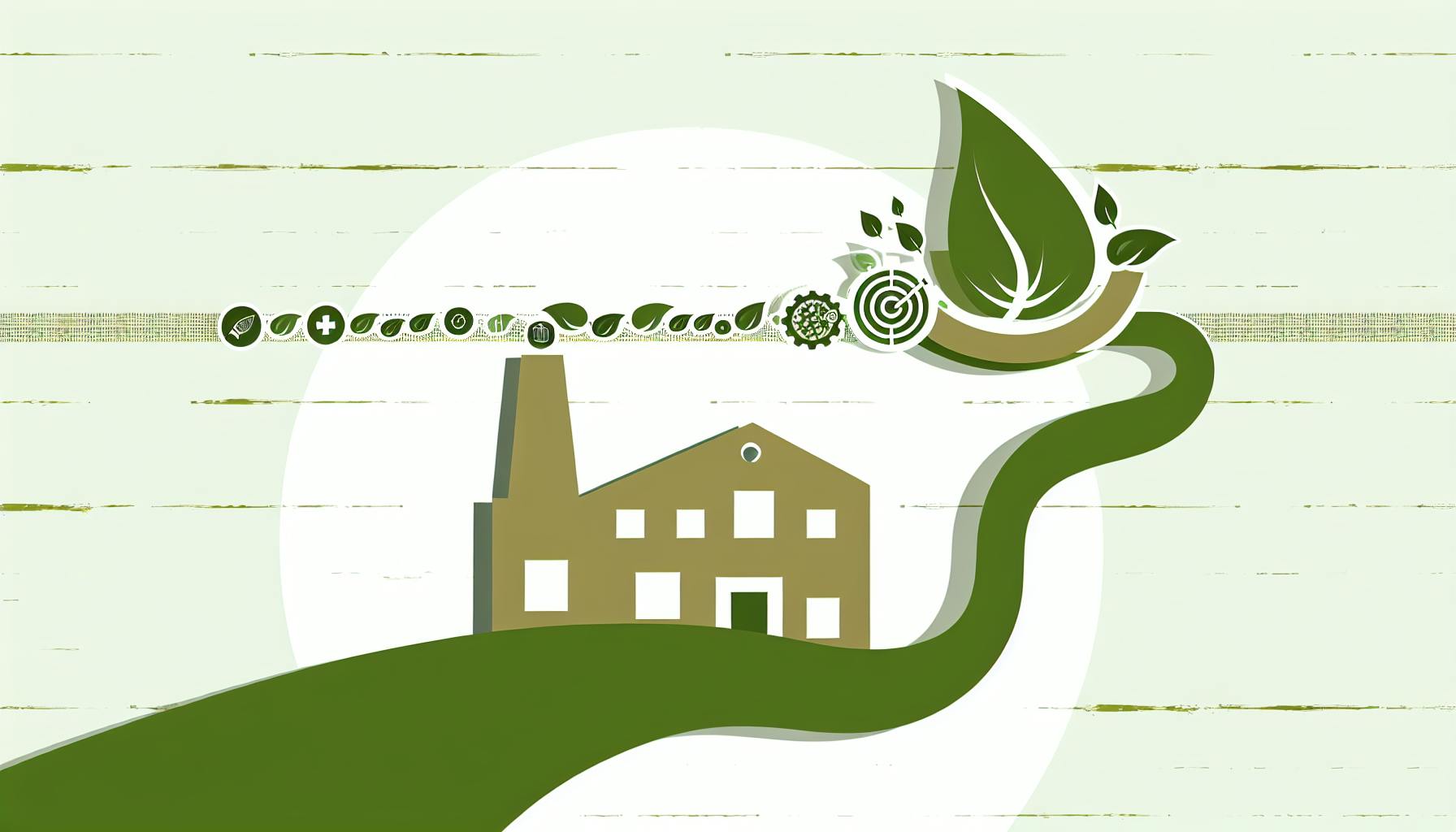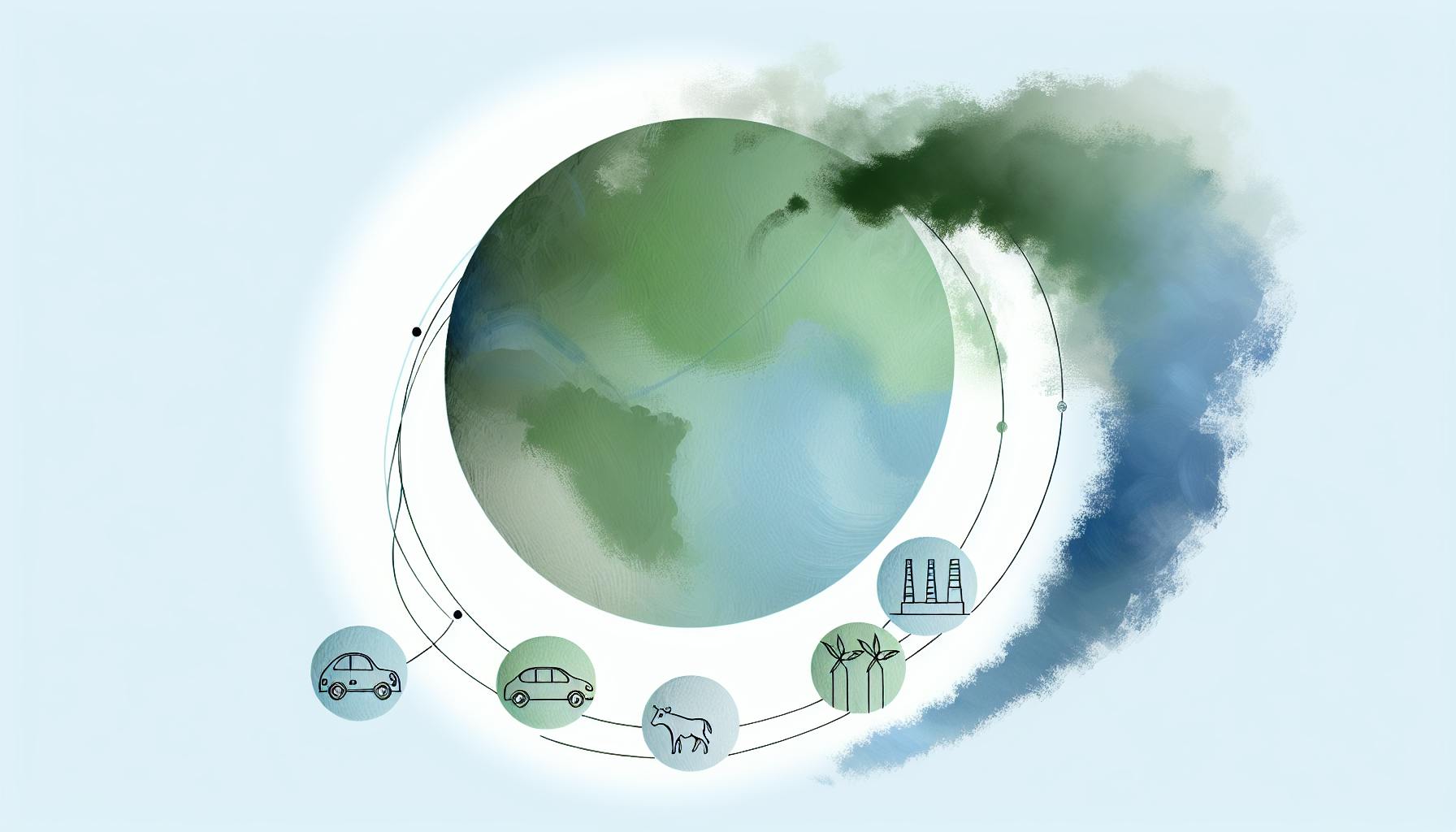Managing a product's lifecycle can be challenging, especially when it comes to sustainability and minimising impact.
Whilst leveraging SaaS solutions at each stage can enable more strategic decision-making and optimisation across the entire product lifecycle, they still require a degree of expert knowledge and manual data collection.
This article explores how SaaS tools can help kick-start, accelerate growth, sustain success, and facilitate smooth transitions during a product's introduction, growth, maturity, and decline stages.
Decoding the Importance of a Product Life Cycle
Understanding the product lifecycle is key for businesses looking to launch and manage successful sustainable products. Lifecycle assessments or LCAs refer to the impact analysis of the stages a product goes through from development to decline often called cradle to grave.
Knowing the impact of a product at each stage, allows companies to tailor approaches, suppliers, and development processes accordingly. For example, selecting a closer supplier, to reduce shipping miles, might not always be the best choice if the closer suppliers are more energy-intensive.
Integrating lifecycle assessments and management into operations ensures strategic alignment across business units and suppliers. By taking a data-driven approach, teams can identify inefficiencies, analyze differences between stages and respond quickly. This is where SaaS solutions or LCA consultants, like EcoHedge Lifecycle, come in.
What is the key difference between carbon accounting and lifecycle assessments?
- Focus: Carbon accounting primarily concentrates on measuring greenhouse gas emissions, specifically carbon dioxide (CO2) and other carbon equivalents. It's a method used to quantify the amount of carbon emissions produced by an organisation, a process, a product, or even an individual.
- Scope: The scope of carbon accounting is generally more narrow, often limited to carbon emissions and sometimes other greenhouse gases. It may be used for compliance with regulatory requirements, carbon trading, or corporate sustainability reporting.
- Application: Carbon accounting is crucial for organisations looking to reduce their carbon footprint, participate in carbon markets, or adhere to regulatory standards and reporting guidelines related to greenhouse gas emissions.
Lifecycle Assessments (LCA):
- Focus: LCA is a broader, more comprehensive approach that evaluates the environmental impacts of a product, service, or process throughout its entire life cycle—from raw material extraction to manufacturing, use, and disposal or recycling.
- Scope: LCA encompasses a wider range of environmental impacts, not just carbon emissions. It considers various impact categories such as resource depletion, ecological toxicity, human health impacts, water use, and more.
- Application: LCAs are used to inform product design, strategic decision-making, policy-making, and environmental labelling. They offer a holistic view of environmental performance and are instrumental in identifying opportunities for environmental improvements across different stages of a product’s life cycle.
In summary, while carbon accounting is a focused method specifically for tracking and managing carbon emissions, lifecycle assessments provide a comprehensive evaluation of the environmental impacts across the entire life cycle of a product or service. Both are crucial tools in the drive towards sustainability, but they serve different purposes and offer different insights.
What is the product life cycle for any product?
The life cycle of a product refers to the stages a product goes through from development to end-of-life. Understanding the different phases of a product's lifecycle can help businesses make informed decisions to boost growth.
Here are the five key stages typically included within a product lifecycle assessment for any product:
- Raw Material Extraction: This is the first stage, where raw materials are extracted from the environment. It includes the harvesting of natural resources like minerals, fossil fuels, timber, and water. The environmental impacts of extraction processes, such as deforestation, soil erosion, and greenhouse gas emissions, are assessed.
- Material Processing and Manufacturing: After extraction, raw materials are processed and manufactured into products. This step involves assessing the energy consumption, waste generation, emissions, and other environmental impacts associated with manufacturing processes.
- Transportation and Distribution: This stage evaluates the environmental impact of transporting raw materials to manufacturing sites and finished products to markets. It includes analysing fuel consumption, emissions from vehicles, and the environmental footprint of logistic networks.
- Use Phase: The use phase considers the environmental impacts during the product's operational life. For example, for an appliance, this would include energy consumption during its use. For consumables, this might involve assessing the impacts of using and disposing of the product.
- End-of-Life Disposal: The final stage of a cradle-to-grave analysis involves the disposal of the product at the end of its useful life. This includes waste management processes like landfilling, incineration, composting, or recycling. The environmental impacts of these processes, such as emissions from waste decomposition and resource recovery potential, are assessed.
sbb-itb-919600f
What are system boundaries in product lifecycle assessments?
In the journey towards environmental sustainability, defining system boundaries in lifecycle assessments (LCA) is a pivotal step. This approach is tailored to guide businesses toward sustainable practices and achieving net-zero strategies. But what makes it truly effective is the meticulous process of setting the system boundaries in the LCA.
Let’s delve into what they are and why they are crucial elements of this process:
1. Defining the Scope of Environmental Impact Analysis
Any life cycle assessment begins with a clear definition of the analysis scope. Whether it’s examining a single product or multiple products, this approach emphasises encompassing both direct operations and indirect influences. The inclusion of upstream and downstream activities ensures a comprehensive evaluation of the environmental impact.
2. Analysing Every Stage of the Life Cycle
From raw material extraction to end-of-life disposal, each stage of a product’s life cycle is scrutinised. This deep dive into the lifecycle stages helps businesses identify key areas for reducing environmental impact.
3. Broadening the Impact Spectrum
Moving beyond just carbon emissions, for example with the EcoHedge Lifecycle approach, we advocate for assessing a wide range of environmental impacts. This includes everything from resource depletion and water usage to pollution and biodiversity effects, providing a holistic view of a business's environmental footprint.
4. Setting Geographical and Temporal Boundaries
Understanding that environmental impact transcends borders, LCAs encourage businesses to consider the global and long-term effects of their operations. This perspective is vital for aligning with global sustainability goals.
5. Prioritising High-Quality Data
The backbone of any LCA is reliable data. It is important to stress using accurate and relevant data to ensure the validity of the assessment results.
Following these steps, whilst ensuring reliable data, illuminates the path to reduced environmental impact. It also fosters a culture of continuous improvement and innovation in sustainable practices. It's a comprehensive strategy that empowers businesses to not only understand their environmental footprint but also take meaningful steps towards a sustainable and net-zero future.



